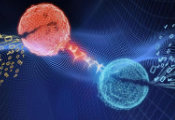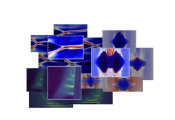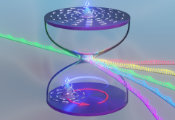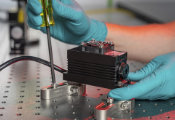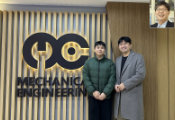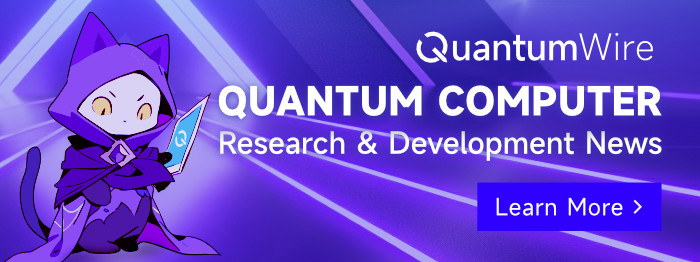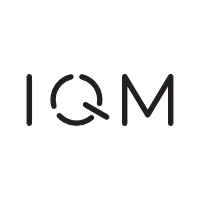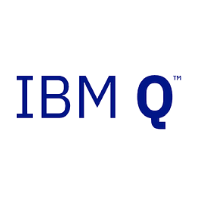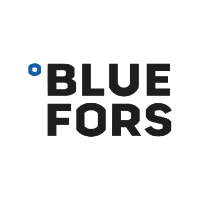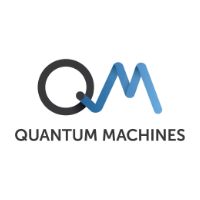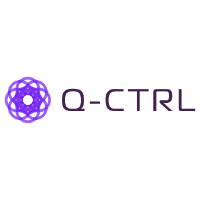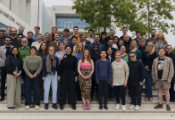Parallel Atom-Photon Entanglement Paves Way for Future Quantum Networking
September 23, 2025 -- Researchers from The Grainger College of Engineering at the University of Illinois Urbana-Champaign have introduced a scalable platform for quantum networking with a ytterbium-171 array. Their work, published in Nature Physics, represents a major step toward larger quantum networks and has promising implications for modular quantum computation.
Most networks with atom-like qubits operate at visible or near-ultraviolet wavelengths; to enable long-distance communication, they must be converted to the telecom wavelength band — the same wavelength used in modern fiber-optic internet. However, this conversion process often introduces signal loss and noise. To circumvent this problem, researchers from the lab of Jacob Covey, assistant professor of physics, turned to ytterbium-171: an alkaline-earth-like atom popular with quantum physicists for its unique level structure. By verifying direct entanglement between a ytterbium atom and a telecom-band single photon, members of Covey’s lab believed they could enable long-distance signal communication without the need for conversion.
“We initially wanted to work with the green photon of the ground state nuclear qubit, but we found that 1389 nm was a great transition to try,” said Lintao Li, an Illinois Grainger Engineering Physics postdoctoral researcher and lead author of the paper. “It is not so broad that we need expensive mode-locked laser and timing control, and not so narrow that the photon rate isn’t high enough for good signal to noise ratio even without an optical cavity to collect photons.”
In a first for the field, the researchers utilized an array of neutral ytterbium-171 atoms to generate atom-photon entanglement at the telecom wavelength. Mapping an array of atoms onto an optical fiber array resulted in a networking protocol with the potential to significantly scale up long-distance quantum communication. Additionally, the group’s high-fidelity, telecom-compatible and parallelizable interface retained the preservation of coherence among certain qubits while others were used for communication tasks.
“We’ve demonstrated pretty high atom-photon entanglement fidelity,” said Simon Hu, an Illinois Grainger Engineering Physics PhD student and a supporting author of the paper. “We’ve also shown that this quantum networking protocol can be parallelized with the integration of a fiber array. Our work opens the door for lots of exciting quantum networking applications.”
Although the Illinois Grainger engineers’ current model has shown high-fidelity entanglement with great potential for scalability, it is limited by its relatively low photon collection efficiency, which ultimately slows down networking rate. Going forward, the researchers will address the platform’s photon collection methods in a bid to improve this and other results. Additionally, the group aims to further integrate atomic systems into scalable quantum networks.
“When we move up to the large-scale quantum network, the photon won’t be the final qubit we work on,” said Gloria Jia, an Illinois Grainger Engineering Physics postdoctoral researcher and co-lead author of the paper. “We’re planning to get this large-scale atom-atom entanglement intermediated by photons instead of just direct atom-photon entanglement. We are also working on a larger project with an optical cavity to improve our collection efficiency on the telecom photon.”
The group’s method will contribute to the future of quantum computation and quantum enhanced metrology. Existing research in the field has already positioned ytterbium in optical lattices as an excellent option for atomic clocks, which measure time by monitoring the resonant frequency of atoms and are used for GPS and satellite navigation. However, ytterbium atom arrays have recently shown potential in enhancing optical atomic clocks beyond their classical precision limits.
“Many of our current atomic clocks are based on technology from several decades ago,” Hu said. “The next generation of atomic clocks based on optical frequency standards will really push on the precision and stability they can provide. But to realize an actual commercialized atomic clock like that, you have to interconnect different atomic clocks throughout the world and sync them together. Scalable networking is a key ingredient for connecting multiple atomic clocks, which we’ve demonstrated here.”



